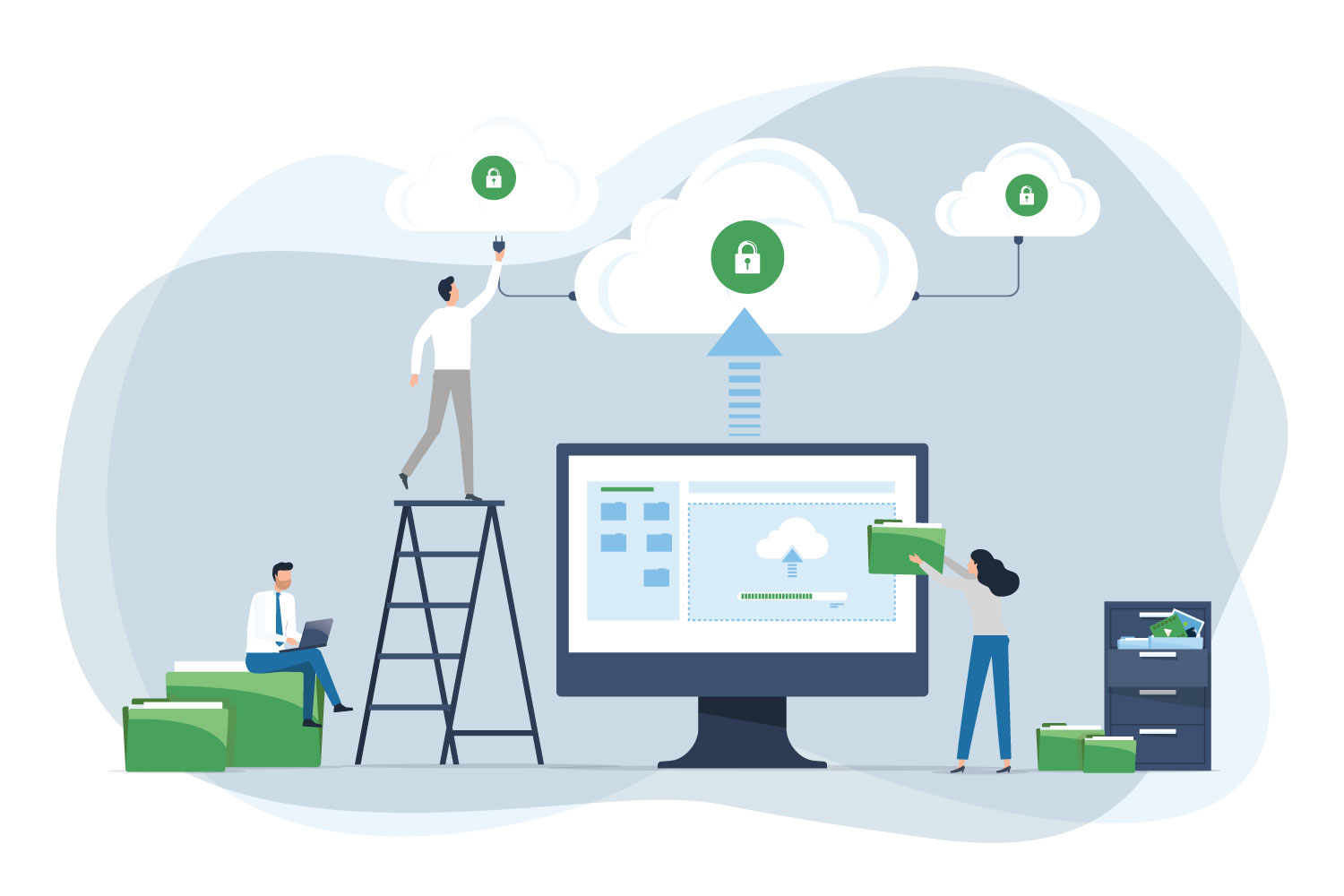

While the work-from-home boom has been beneficial in many ways, it has its challenges. Specifically, when it comes to network security. The shift from in-office to remote work was so drastic and sudden that many companies didn’t have time to adequately prepare their employees, their business processes, or their network security. Which, under the circumstances, was completely understandable.
But now, two years later, many organizations’ employees are still operating on unsecured networks. And that opens them up to a world of risk. If your network isn’t fully secure, your company could be vulnerable to any of the following:
Once they discover an unsecured network, hackers can easily install malicious software onto your network without any detection. Usually, network users won’t realize they’ve been affected until the damage is already done. Malware hackers’ goals usually fall into one of three categories: theft of private information, disruption of business operations, and even financial extortion.
Some common types of malware include:
While similar to a ransomware attack, a DDoS attack doesn’t always come with a ransom of some kind. Here, the hacker uses an unsecured network to infect any internet-connected device. Each device becomes a bot that the attacker uses to bombard a company’s website, service portal, cloud-based application with requests, forcing those items to shut down entirely.
These attacks are especially difficult to discern because it’s hard to tell which requests are legitimate and which are caused by the compromised bots. DDoS attacks prevent you from not only helping customers but also conducting any normal, internet-based business activities.
Data breaches are one of the most common results of an unsecured network. In this case, a hacker uses an unsecured network to access you and your customers’ confidential data in your proprietary hardware, software, and cloud-based solutions. From here, they usually release this data to the public or encrypt it and hold it for ransom like in a ransomware attack.
Whichever method they choose, experiencing a data breach is extremely costly, both socially and financially. The average cost of a data breach in 2022 is 4.35 million dollars when all is said and done. Companies that experience major data breaches lose customer trust, experience higher customer turnover, and many run the risk of having to close completely.
With the 68% increase in data compromises over the last two years, businesses can’t afford to have an unsecured network.
If any of these threats compromise your network, you risk violating multiple cybersecurity regulations. For medical practitioners, it’s HIPAA and HITECH. For financial institutions, both public and private, it’s GLBA and SOX. For educational institutions, it’s FERPA and COPPA. Not to mention the PCI-DSS for any business that handles credit card information.
In short, each industry has its own rules and regulations about how data is handled, shared, and protected. And if your business is operating on an unsecured network, breaking those rules is only a matter of time.
For a more comprehensive list of data security regulations, click here.
If you’re looking for a way to quickly and easily secure your business network, have we got the solution for you! S-NET’s Secure SD-WAN not only has powerful built-in security features like next-generation firewall and unified threat management, but it also is compliant with all major regulations, allowing you to offer that security to both your in-office and out-of-office employees. And that’s just a taste of what our SD-WAN solutions can offer. Want to learn more? Reach out to us today and we’ll be more than happy to answer your questions!
Remember to share this post